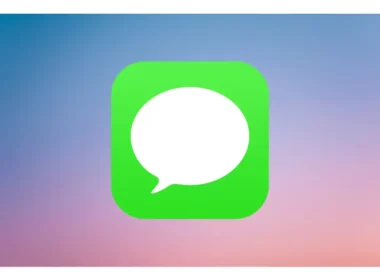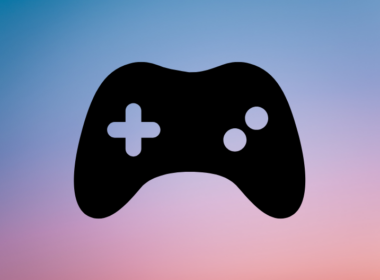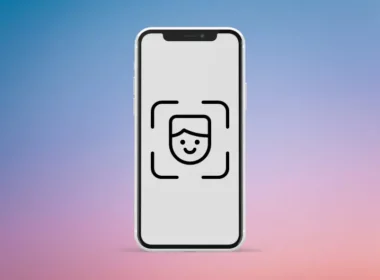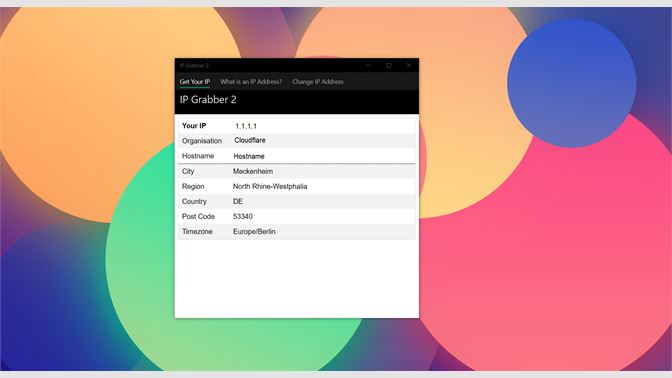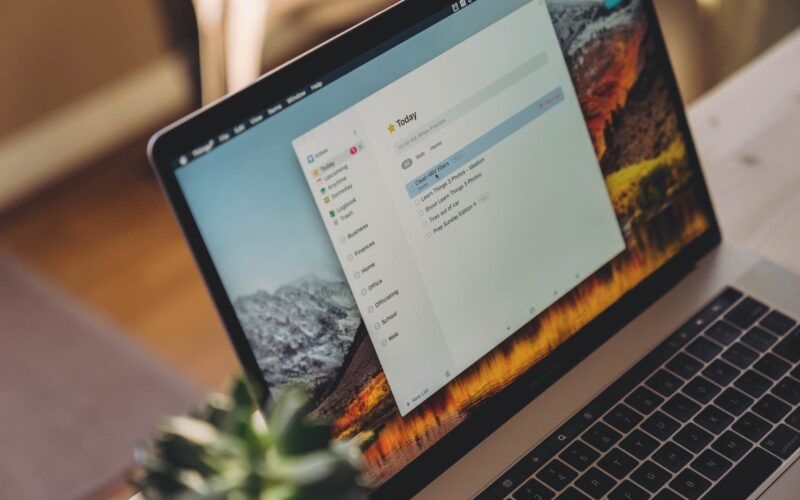The issue with “disable Bluetooth A2DP hardware offload” sounds so complicated that it might scare you for a minute if your phone has it. However, it is not that difficult to deal with and can be fixed through the solution that we will be discussing in this article today.
However, it is not possible to understand how to fix the issue without knowing what the problem is. If you were updating your phone’s OS and discovered that several (if not all) Bluetooth connections stopped working – then the issue of disabling A2DP might be to blame.
In this article, we will be learning what exactly disabling Bluetooth A2DP hardware offload means and how to fix the issue easily on your own. But before we move on to that, let us try to understand what A2DP means.
What is A2DP?
All the latest smartphone operating systems like iOS, Android, Windows & others support the A2DP standard. Android supports one A2DP device at a time which means you can listen to stereo music on only a single A2DP device.
It also enables the transfer of high-quality voice transmission from a microphone to another supported device. The automobile industry often uses this technology, which enables the user to play music from their phone on their car stereos without buying any other audio player.
This profile is also frequently used to transfer data regarding controlling the device along with audio data. A2DP makes it possible to remotely control the source device from recipient devices like Bluetooth headsets.
What Does Disabling Bluetooth A2DP Hardware Mean?
Now that we are clear with what 2DP means, it is now time to move on to the troubling error. Disabling Bluetooth Advanced Audio Distribution Profile hardware offload means the device will now play the audio from the phone instead of using Bluetooth to transmit the audio signals.
When this feature is enabled, the audio data is transmitted to a Bluetooth-supported receiving device which decodes it to play the audio. When this feature is disabled, the audio file is decoded and compressed in the phone and then sent to a sound-projecting device.
Why does Disabling Bluetooth A2DP Hardware Occur?
Before moving on to how you can go about fixing this issue, it is important to be clear about the various triggers that result in such a situation arising in the first place. Advanced Audio Distribution Profile (A2DP) is a technical term that defines how high-quality audio can be streamed and transferred from one device to another through a Bluetooth connection. A2DP enables the transfer of audio signals between two devices that support this profile.
There are many situations where the need to disable the A2DP hardware offload may develop. Sometimes the recipient Bluetooth audio devices fail to decode the transferred audio signals. It might result in the projection of static sound instead of the original data. Also, the synchronization of the remote operations could get disrupted between the two A2DP-enabled devices.
How to Fix It?
Now that we are clear with all the prerequisites required, it is time to move on to effective solutions for the same. As discussed in the cases in the previous section, the error of A2DP hardware offload arises. One needs to turn off the A2DP hardware offload as soon as possible to fix it. To perform this action the user can enable the developer option in the device settings:
- The user can visit the ‘About Phone’ and repeatedly tap on ‘Build Number’.
- Now a pop-up notification might appear to confirm your password. Search for ‘Developer Options’ and enable it.
- The user can search for ‘Disable Bluetooth A2DP hardware offload’. After disabling this feature, the device might need to reboot. The audio streaming should work properly after rebooting.
- The ‘Developer Options’ should be disabled after completing the operation to avoid a security breach on the device.
The A2DP source supplies audio signals through a Bluetooth connection decoded by the receiver and projected as audio signals. E.g., a smartphone sends audio signals and a Bluetooth earphone receives and decodes them to play the audio.
Frequently Asked Questions
1. What does disabling Bluetooth A2DP hardware offload mean?
ans. A disabled Bluetooth A2DP hardware offload means that the audio in your phone is decoded and compressed. After that, it is carried over to the device as an audio signal and is degraded in quality.
2. How do I turn off Bluetooth A2DP?
ans. Switch on the developer mode and head over to the settings app of your phone. Tap on ‘systems’ and move on to the option of ‘developer’. You will be able to see the Bluetooth A2DP hardware offload tab, click on it. There, you will see the option to disable it.
3. What is a Bluetooth A2DP audio device?
ans. The Bluetooth A2DP audio device is responsible for all the audio multimedia communication within the systems.
4. What is Bluetooth A2DP in Android?
ans. Bluetooth A2DP in Androids is responsible for the quality of sound when audio is transmitted from a phone to another device.
5. How do I disable A2DP on Android?
ans. Head over to settings and then to systems. There, go to the developer option and head over to the A2DP tab. Click on it and you shall find the option to disable it on android.
Conclusion
If you regularly stream audio from your phone to another device (such as a wireless headphone), you need to know that the Bluetooth A2DP hardware is responsible for the quality of sound transmitted.
Hopefully, this article will be enough in terms of content to help you understand everything about disabling Bluetooth A2DP hardware offload – what it means, why it is important and how to go about doing it easily.
